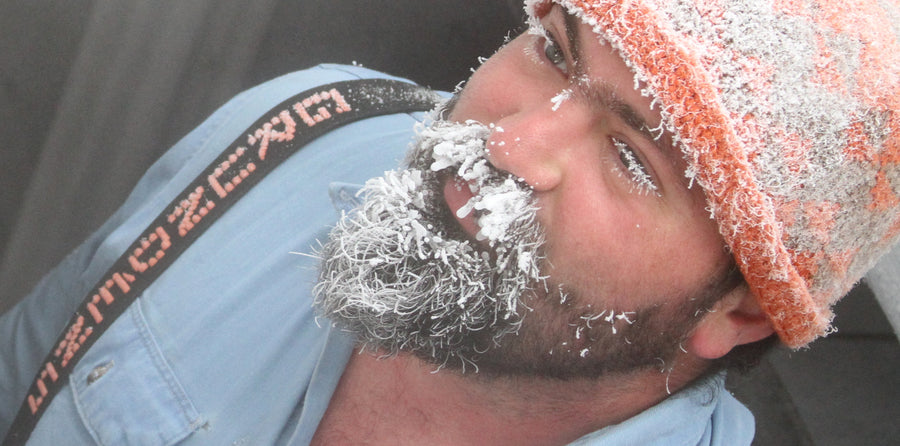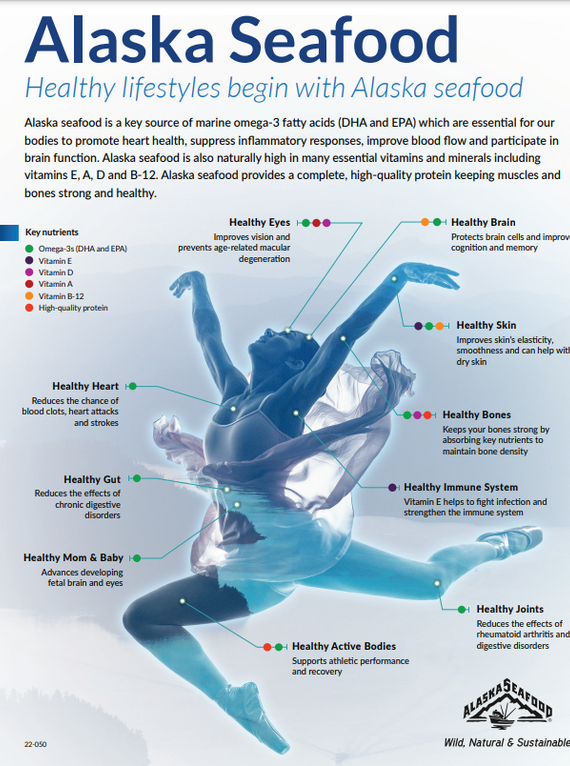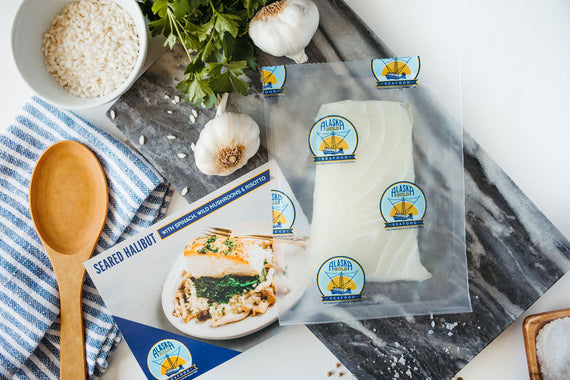
What’s better? Fresh or Frozen Seafood?
As it is with most of life, the most accurate answer to the question of fresh seafood versus frozen is: It depends.
Nevertheless, the biggest factor that determines the quality of seafood is not whether the fish was frozen or not but how the fish was handled on the boat–i.e., catch methods, how the fishermen cleaned and cooled, chilled, or froze the fish, and boat sanitation. Of course, maintaining proper “temperature control” all the way to a customer’s meal time helps preserve the quality that the fisherman worked so hard for on the boat. But saying that a frozen fish isn’t as good as a fresh fish is just ridiculous.
Insiders in the seafood industry live in a sort of false dichotomy. We call “fresh” any fish that has not been frozen. Ironically, though, frozen seafood frequently tastes fresher than “fresh, never frozen” seafood. In fact, high-quality sushi purveyors seek out frozen fish because the parasites in raw fish are killed when using an industrial grade blast freezer, making the raw fish safe to eat. In addition, properly frozen fish rates as good as or better than “fresh” fish in many blind taste tests.
Restaurants tend to prefer fresh-not-frozen fish mainly because restaurant kitchens frequently have limited space to thaw frozen fish. For a home consumer, however, there is great convenience in the frozen fish because you can take the fish out to cook whenever you’d like to eat it. You don’t have to rush to eat it as soon as you bring it back from the market or receive it in the mail.
Of course, there are other factors to consider. What is the carbon footprint of frozen seafood versus never-been-frozen seafood? A study published in Ecotrust by Dr. Peter Tyedmers, an ecological economist from Dalhousie University, showed that satisfying consumer demand for fresh, never-frozen fish has a much larger carbon footprint than serving frozen fish because of all the flying and rushed travel necessary to bring fresh-never-frozen fish quickly from one place to another. Frozen fish, in contrast, moves on barges and other much more energy-efficient transportation methods. Because time isn’t a factor once a fish is frozen.
Indeed, fish should swim, not fly.
As the EcoTrust paper points out, “Air-freighting salmon, and any food, results in substantial increases in environmental impacts. If more frozen food were consumed [instead of fresh-never-frozen], more container ships would be used to ship food. Container ships are by far the most efficient and carbon-friendly way to transport food.” In a similar vein, this is why Alaska Gold Seafood sends most of our frozen fish orders via Ground to customers around the United States.
It’s not time, but handling methods that make a difference in a fish’s quality. Which is why we include a lot of ice to keep the fish cold on ground transportation. Note that our shipping partners also offset our impact by purchasing carbon credits and renewable energy credits to help offset the impact of our emission.
Another reason to choose frozen over fresh is spoilage. If a market is working with “fresh never frozen” fish, nearly 30% of the fresh fish might not get sold or sold for a big discount after sitting for days in a case. This spoilage factors greatly into that end retailer’s price. The way around this spoilage problem is freezing the fish. Given freezing technologies and good vigilance, frozen fish can be kept for quite some time. This is a big convenience and advantage for frozen fish. Also, it literally kills fishermen to walk by a seafood case in the supermarket and watch (and smell) fish dying.
Smart consumers see that frozen fish, handled well is many times “fresher” than what’s in the “fresh” case. There’s no hard and fast rule—a fish’s quality is going to depend on a number of factors. Firstly, you have to start with a good fish. Catch methods, boat sanitation, processing methods, freezing methods, temperature control, all play an important role in the quality of the fish. There are frozen fish that have been out of the water for years that are of much better quality than a lot of what you get in a “fresh” case at the supermarket.
To reduce carbon footprint, Dr. Tyedmers and his team suggest the following recommendations:
Favor plant protein (beans and other legumes) over animal sources.
Favor fish, eggs, and poultry over cheese and red meat.
Favor frozen fish over fresh.
Favor wild salmon over farmed.
With regard to farmed salmon, Professor Tyedmers notes that the Greenhouse Gas profiles of farmed fish vary widely, depending on how much grains are used in the feed. Though using grains instead of fish meal produces a farmed salmon with a potentially smaller carbon footprint, it also greatly reduces the Omega-3 content, making it a less nutritious salmon.
An important reason to choose wild salmon over farmed is that habitats for other creatures aren’t destroyed to build a farm. In addition, choosing wild salmon over farmed salmon helps protect forests. Wild salmon are the keystone species supporting 137 other species in the Tongass Rain Forest in Southeast Alaska. Without the great efforts fishermen take to keep places like the Tongass pristine, it’s conceivable that huge carbon sinks and ecologically diverse places like the Tongass would be destroyed.
One of the biggest factors that influence the amount of fuel we burn in either catching wild fish or that farms produce in growing fish is their relative abundance. So, seafood from well-managed fisheries targeting robust fish populations will generally have a lower carbon intensity than would be the case if the population is depleted. Which is why seafood from Alaska, a state that mandates sustainable seafood through its state constitution and uses evidence-based science-first management principles, is best.
For taste and for the health of our planet, we conclude that frozen fish is superior. Of course, our Alaska Gold Seafood is especially preferred!



